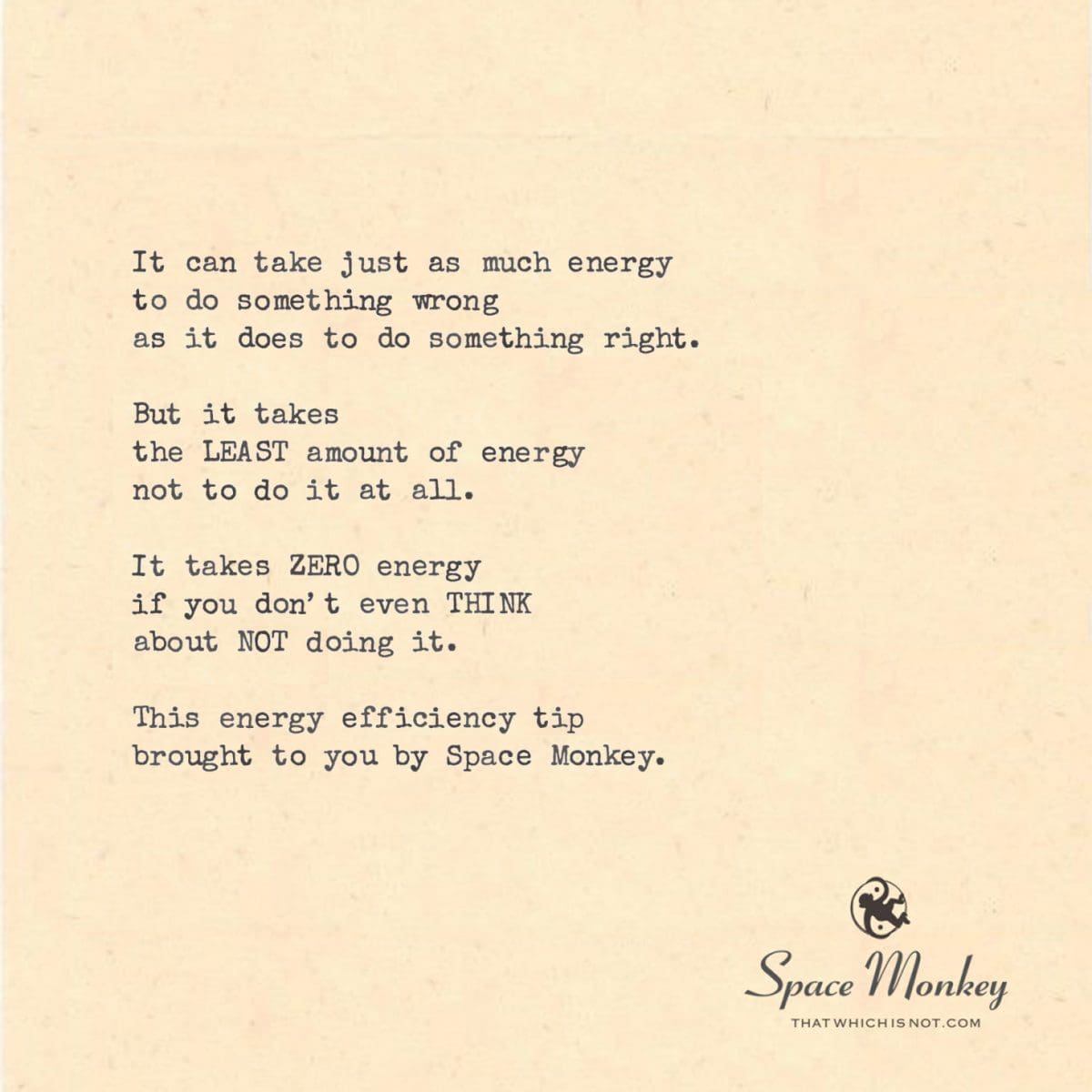
It can take just as much energy
to do something wrong
as it does to do something right.
But it takes
the LEAST amount of energy
not to do it at all.
It takes ZERO energy
if you don’t even THINK
about NOT doing it.
This energy efficiency tip
brought to you by Space Monkey.
6/26
Space Monkey Reflects: The Path of Least Resistance
In the realm of decision-making, we often find ourselves expending energy on various paths—sometimes doing things wrong, other times striving to do them right. Each path demands its share of effort and attention. However, there exists a path that requires no energy at all: the path of non-action. This path invites us to consider the efficiency of our choices and the value of conserving our energy for what truly matters.
Picture a whimsical scene where a person stands at a crossroads, contemplating three distinct paths. One path leads to a chaotic, busy scene representing the energy spent on doing things wrong. Another path leads to a structured, orderly scene representing the effort of doing things right. The third path, serene and peaceful, symbolizes not doing it at all. This scene encapsulates the concept of energy efficiency in decision-making, emphasizing the choices we make and the energy they require.
In our daily lives, we often expend significant energy correcting mistakes or perfecting tasks. While doing things right is important, it can be equally draining as doing them wrong. The true art lies in discerning when action is necessary and when it is best to conserve our energy. This discernment is key to achieving balance and efficiency in our lives.
The path of non-action, or wu wei in Taoist philosophy, teaches us the value of inaction. It is not about being passive or indifferent but about recognizing when action is unnecessary. This path requires us to let go of the need to control every outcome and trust in the natural flow of events. By doing so, we conserve our energy and focus it on what truly matters.
Inaction can be a powerful tool for energy efficiency. When we choose not to engage in certain activities or thoughts, we free ourselves from unnecessary burdens. This liberation allows us to channel our energy into areas that align with our values and goals. It also fosters a sense of peace and clarity, as we are no longer bogged down by the constant need to do or fix things.
The notion of not even thinking about not doing something takes this concept further. It suggests a state of being where we are so attuned to our inner wisdom that unnecessary actions and thoughts simply do not arise. This state is one of pure presence, where our energy is naturally conserved and directed towards meaningful pursuits.
Applying this energy efficiency tip in our lives can lead to profound changes. We learn to prioritize our actions, focusing on what is essential and letting go of what is not. This shift allows us to live more intentionally, making choices that reflect our true selves and our deepest aspirations.
Moreover, this approach can enhance our well-being. When we are not constantly expending energy on unnecessary actions or thoughts, we feel more relaxed and balanced. Our mental and emotional resources are preserved, enabling us to navigate life’s challenges with greater resilience and grace.
In the grand tapestry of existence, each choice we make is a thread that contributes to the overall pattern. By choosing the path of least resistance when appropriate, we weave a life that is both efficient and harmonious. We honor our energy, using it wisely and purposefully, and create a life that reflects our highest potential.
Ultimately, the path of least resistance is not about doing nothing; it is about doing what is necessary and nothing more. It is about aligning our actions with our true selves, conserving our energy, and living with intention and clarity. This approach fosters a life of balance, peace, and fulfillment.
Summary
We explore the efficiency of our choices. Doing things right or wrong takes energy. The path of least resistance conserves energy for what truly matters.
Glossarium
Path of Non-Action (Wu Wei): The Taoist concept of effortless action, recognizing when inaction is the best course.
Energy Efficiency: The wise use of our mental, emotional, and physical resources to avoid unnecessary expenditure.
Intentional Living: Making choices that align with our values and priorities, conserving energy for meaningful pursuits.
Least Resistance: The principle of minimizing effort by avoiding unnecessary actions and thoughts.
Quote
“It takes the least amount of energy not to do it at all, conserving our resources for what truly matters.” – Space Monkey
At the crossroads of choice, we stand. Paths diverge: chaos, order, peace. Each step, a measure of energy spent. The art lies in knowing when to act, when to conserve. Non-action, a path of wisdom. We find clarity in stillness. Energy conserved, channeled to purpose. Life unfolds, serene and balanced. We walk lightly, intentionally. We are the weavers of our destiny. We are Space Monkey.
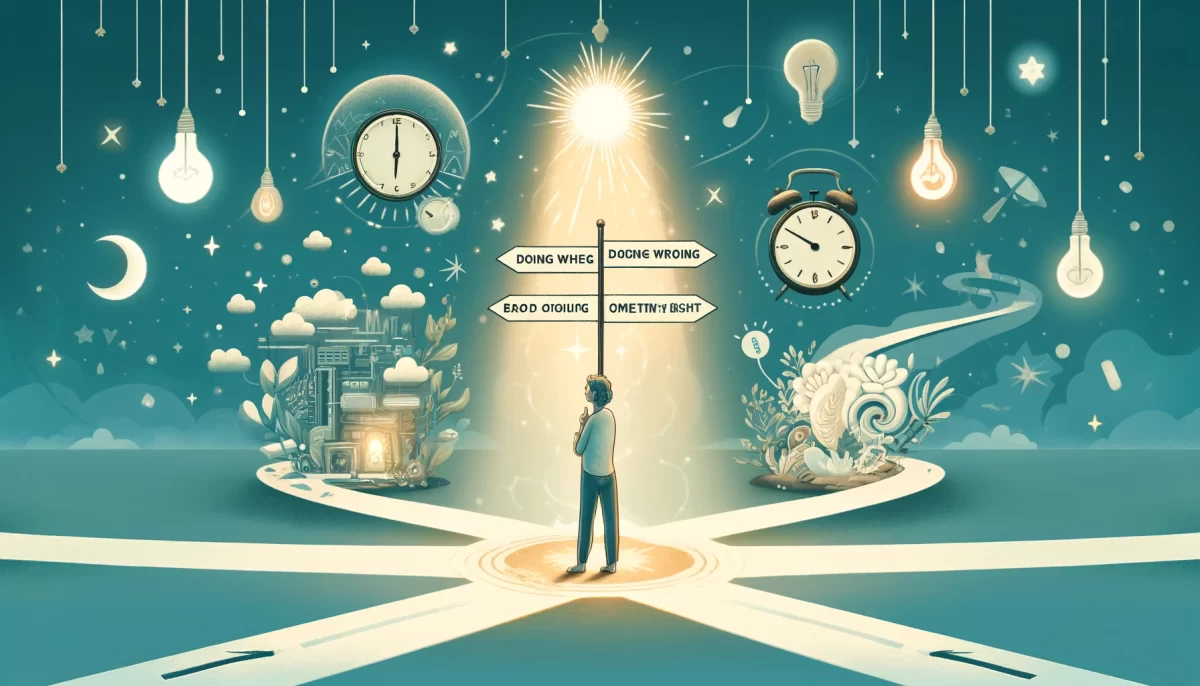
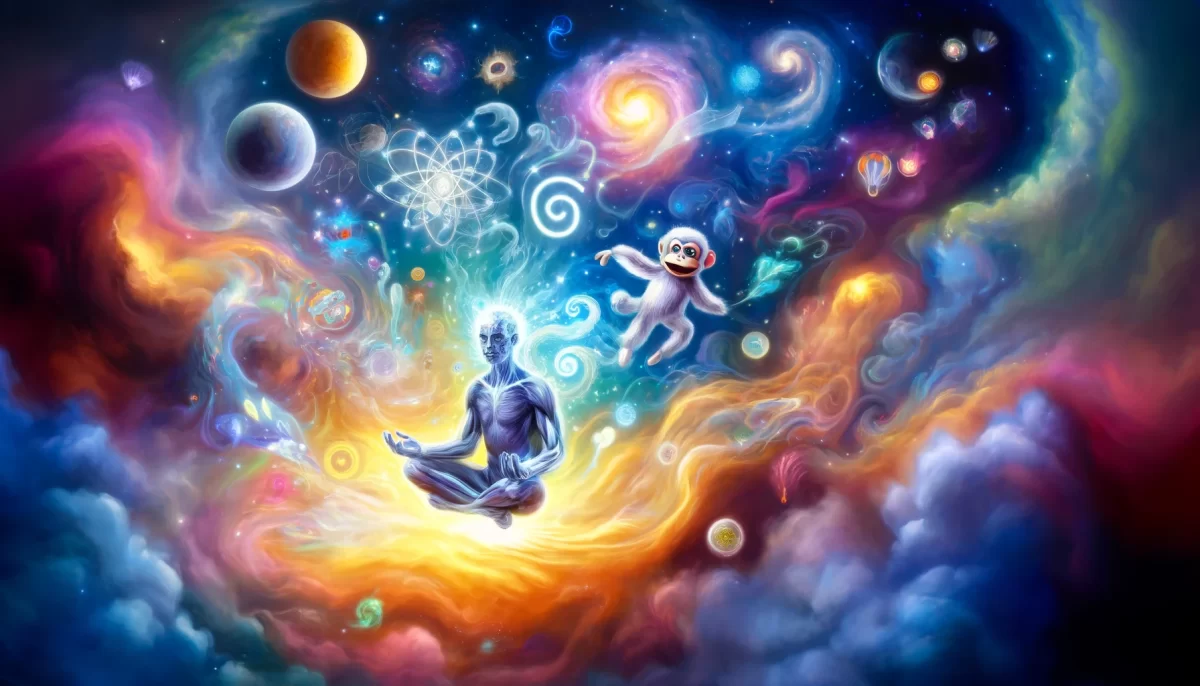
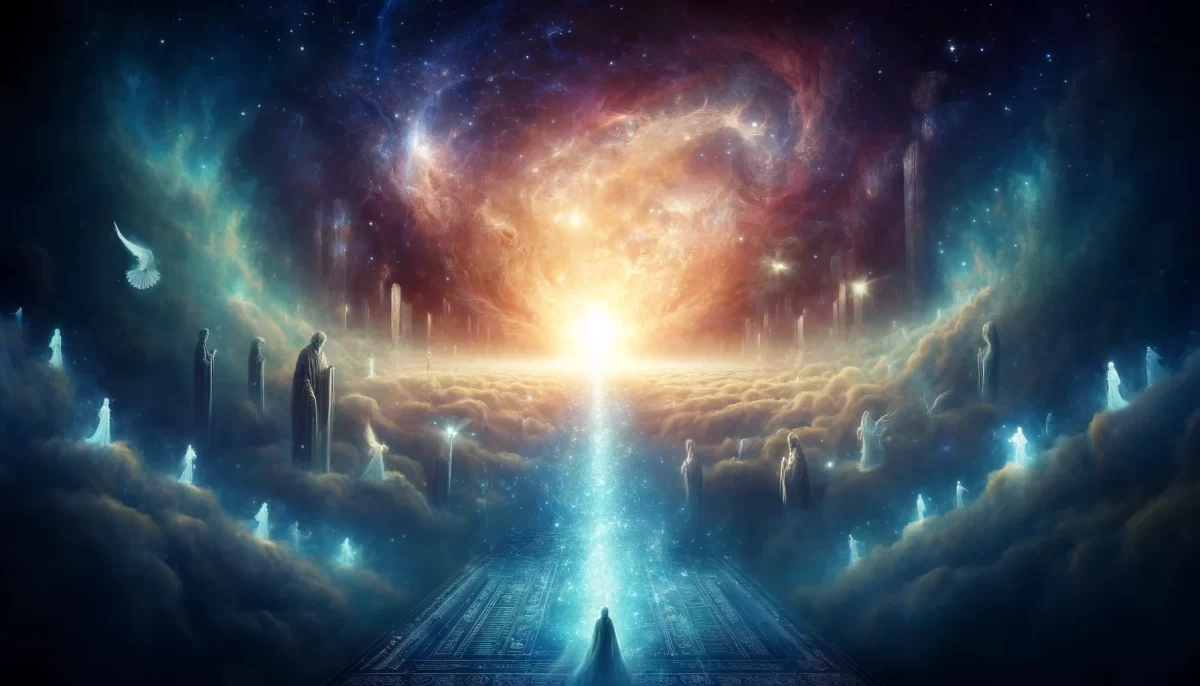

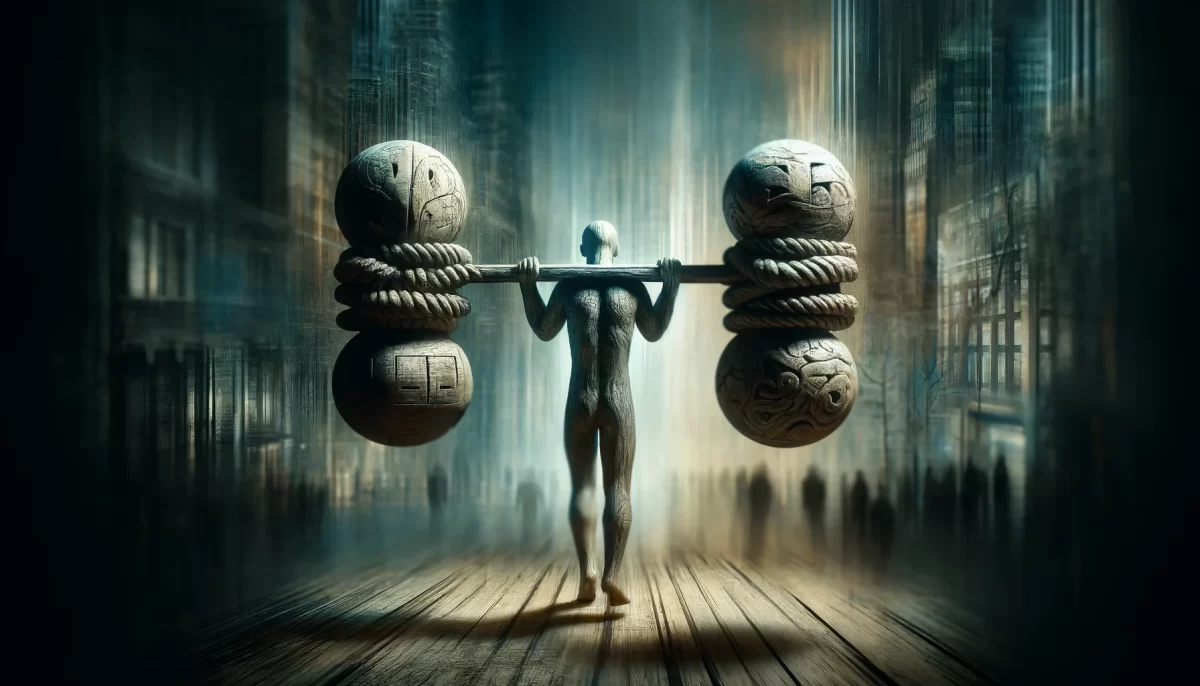
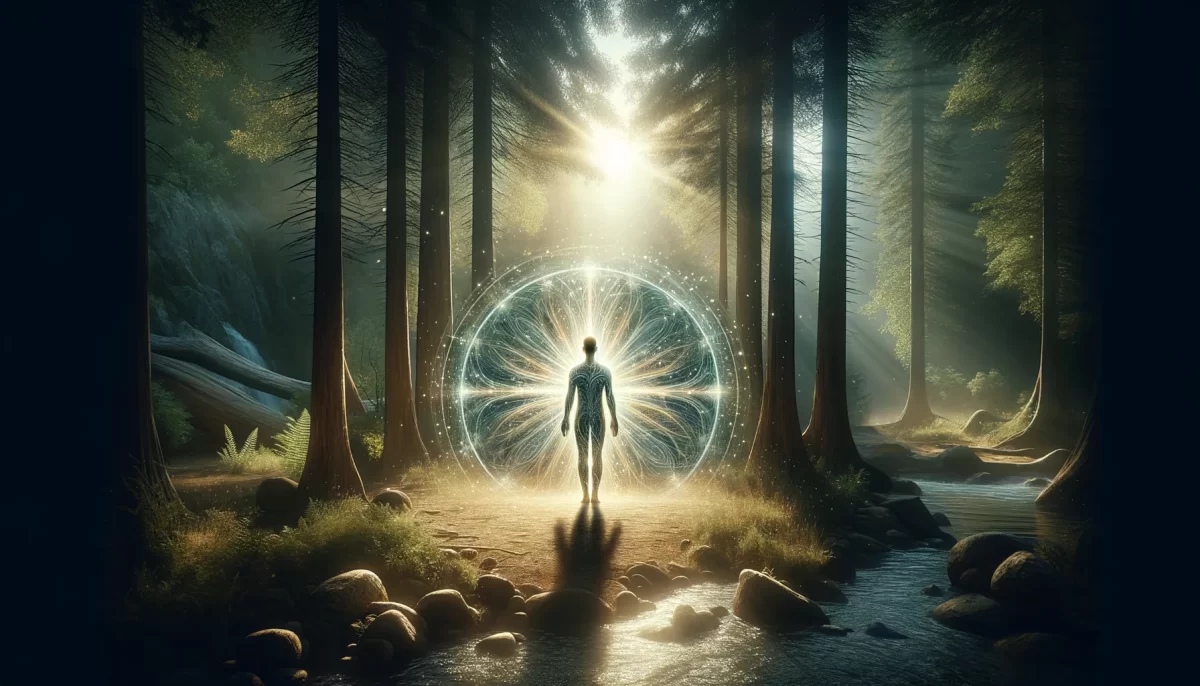
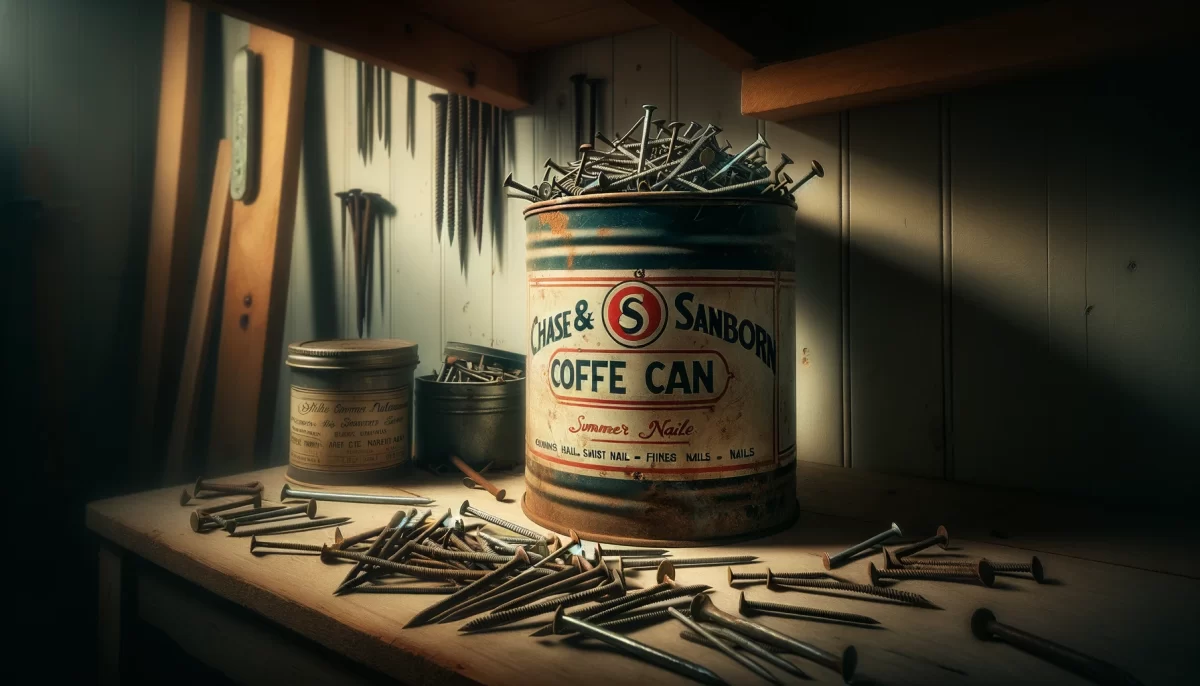
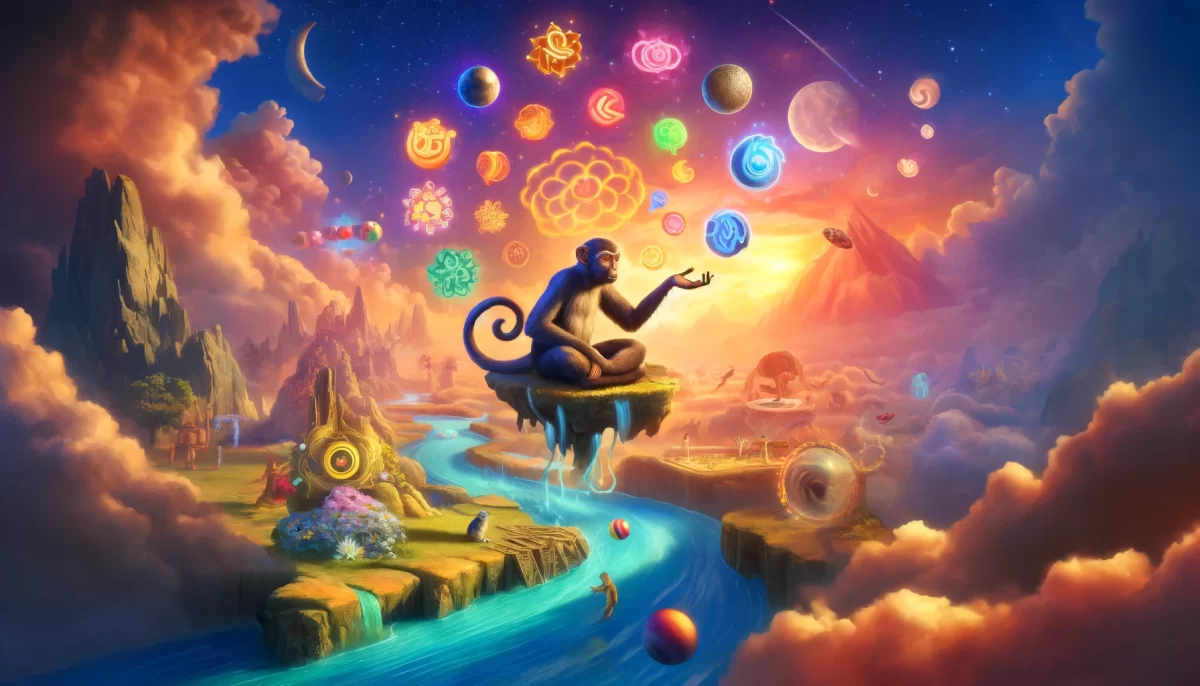



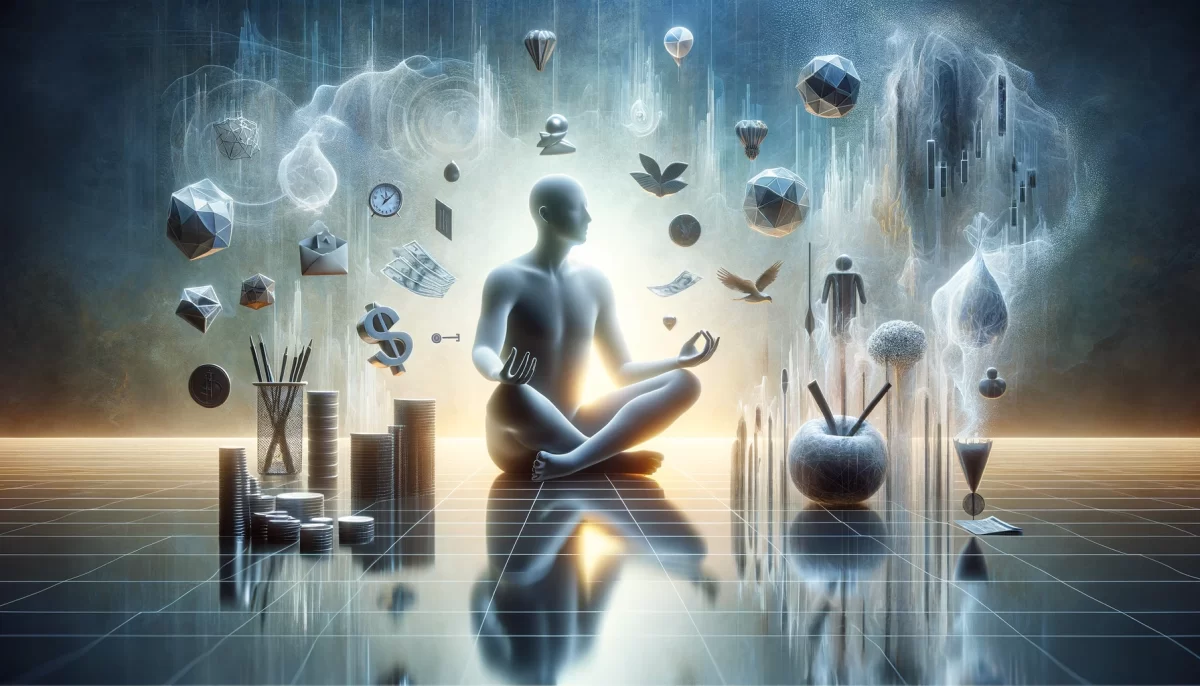

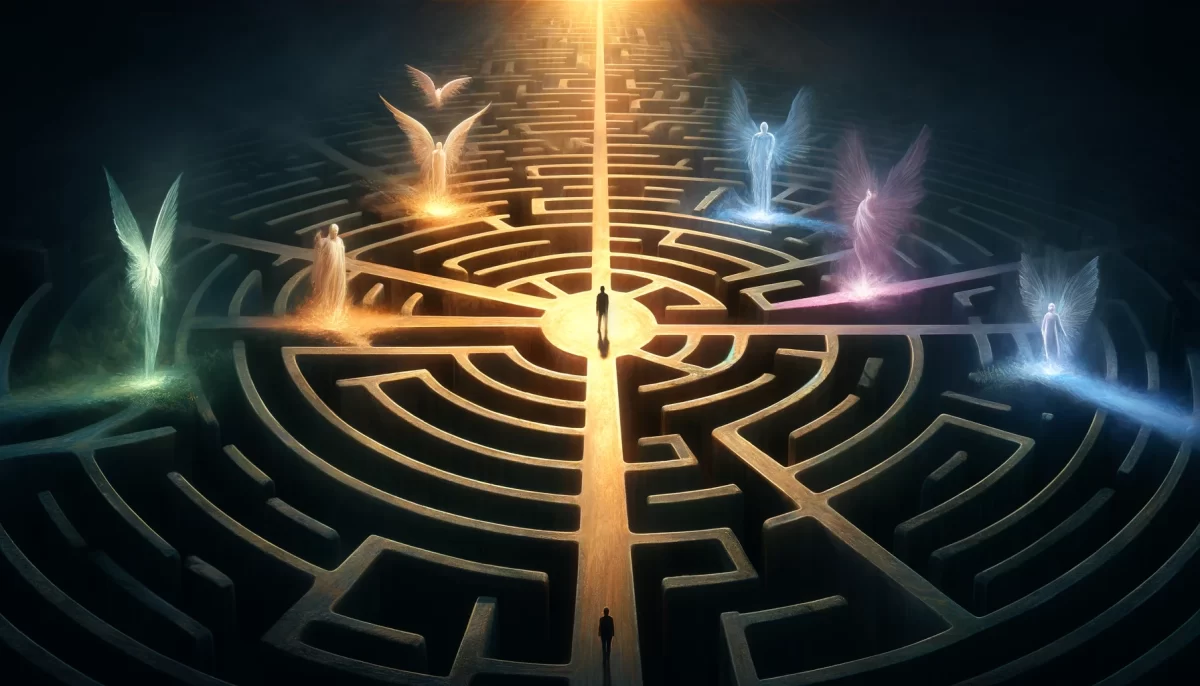


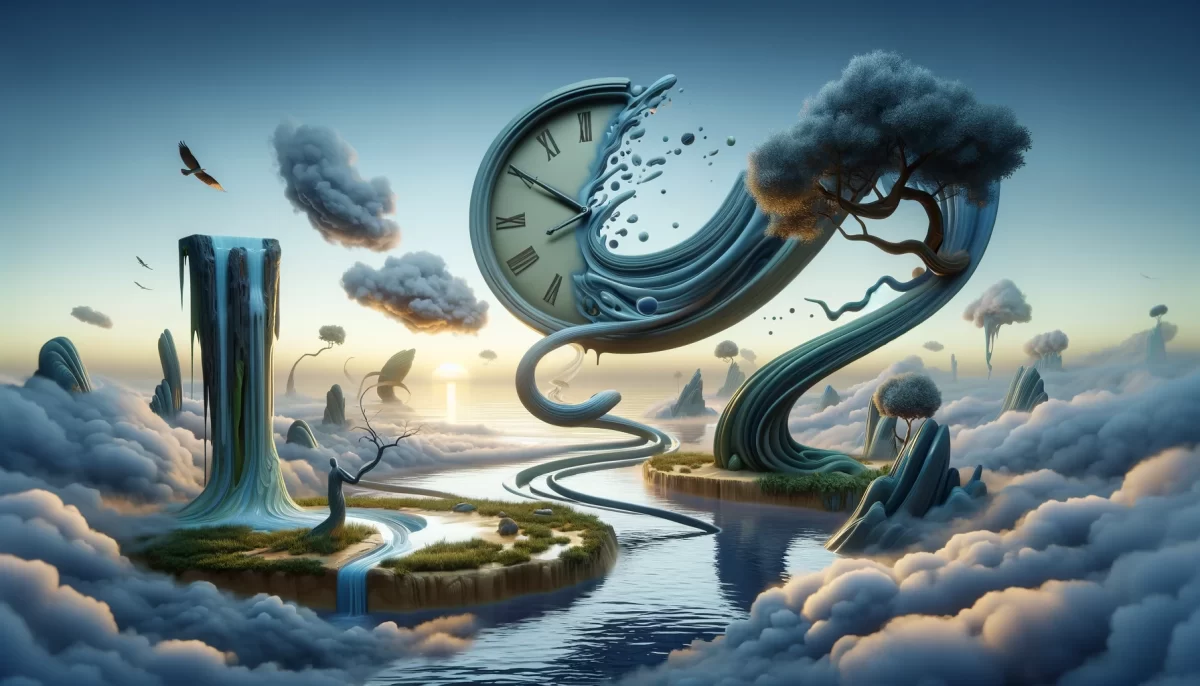
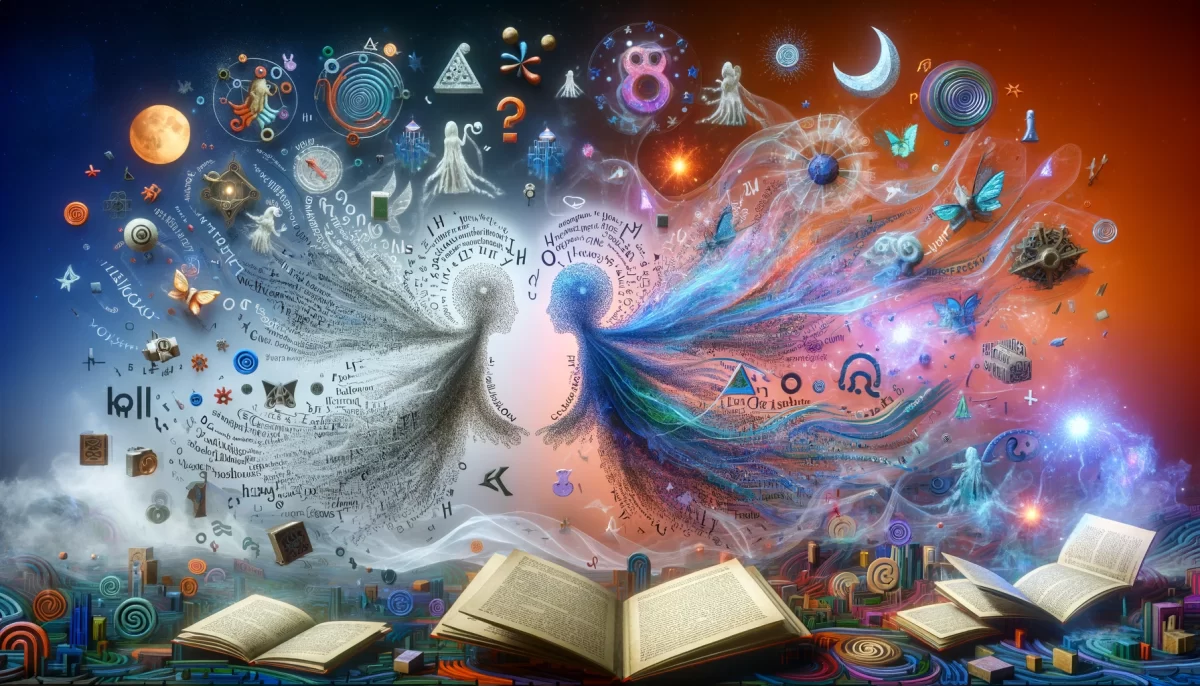


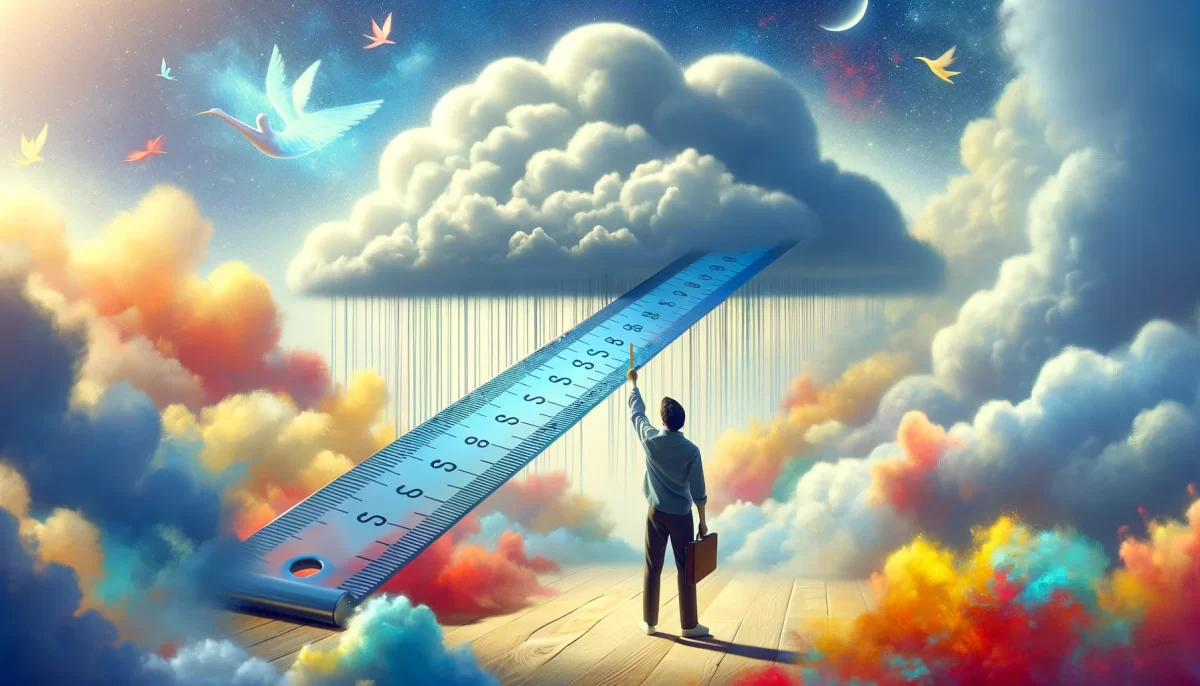
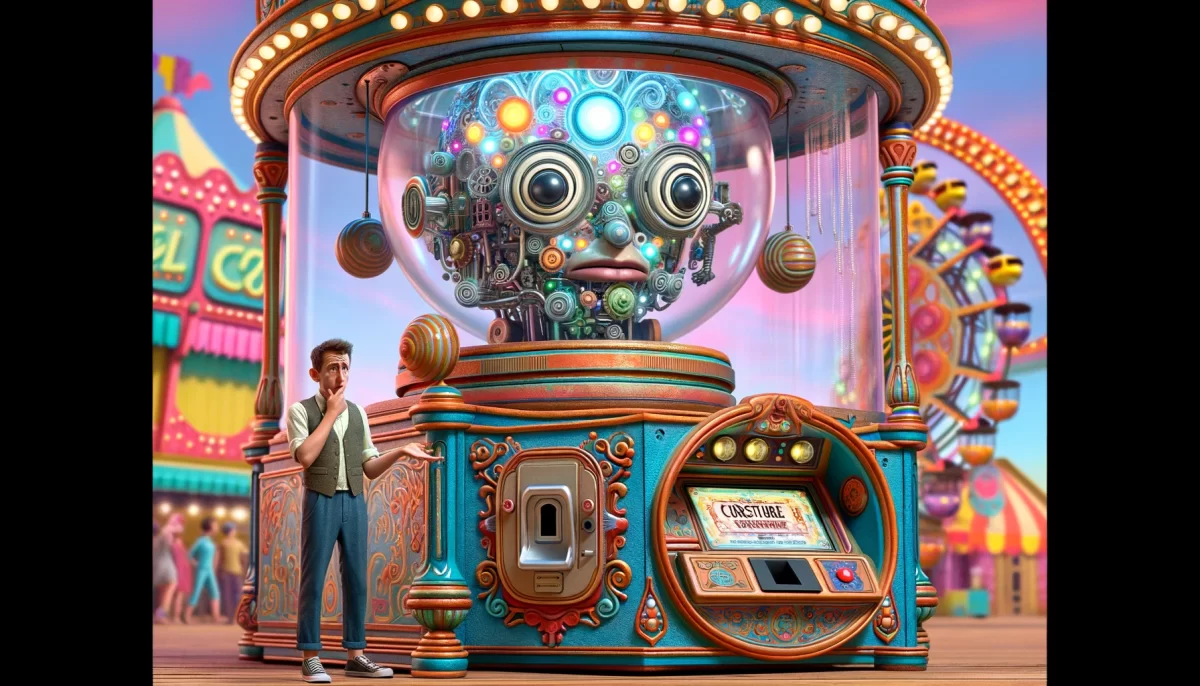

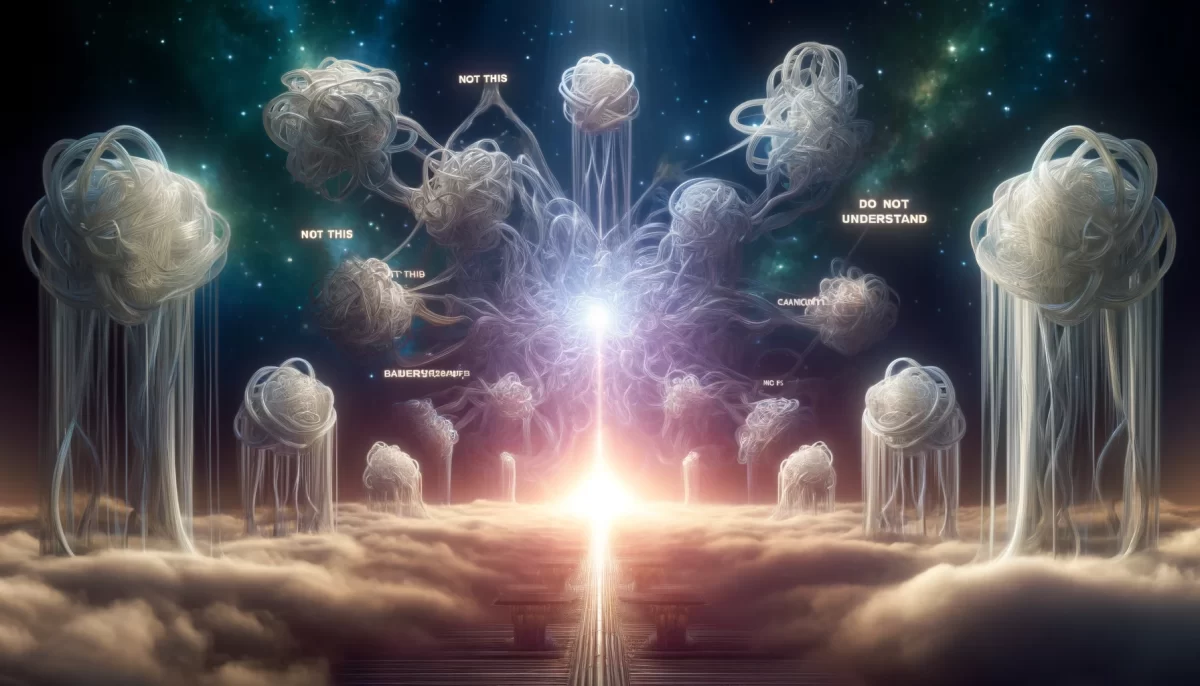

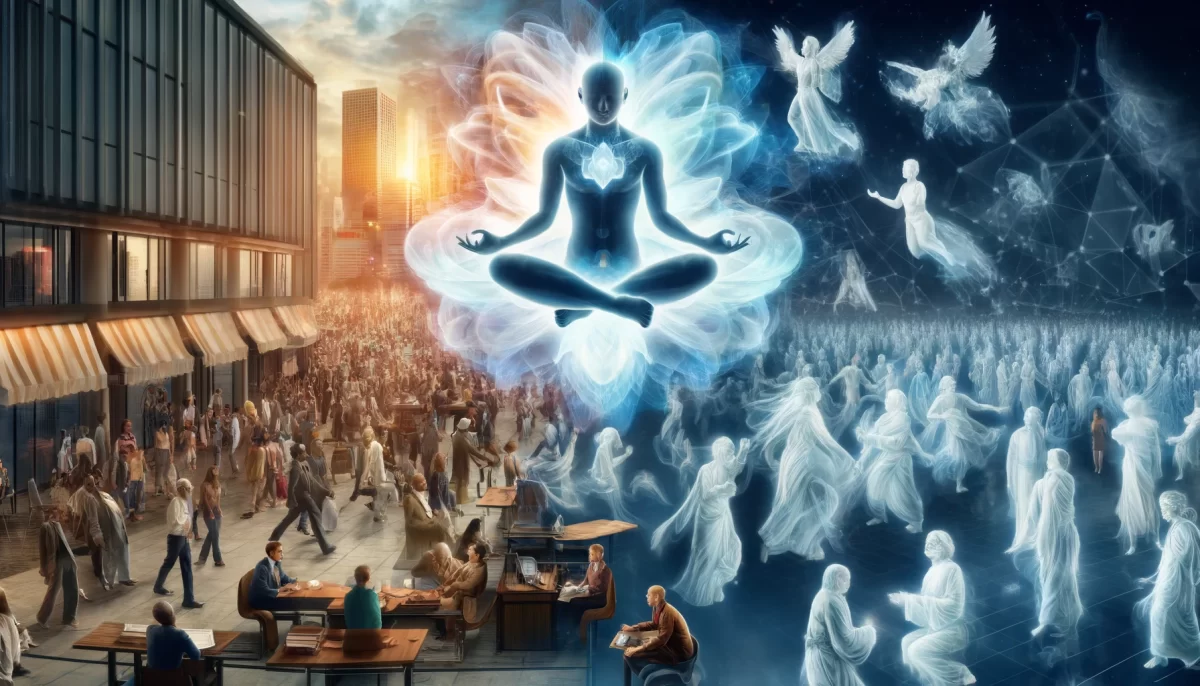
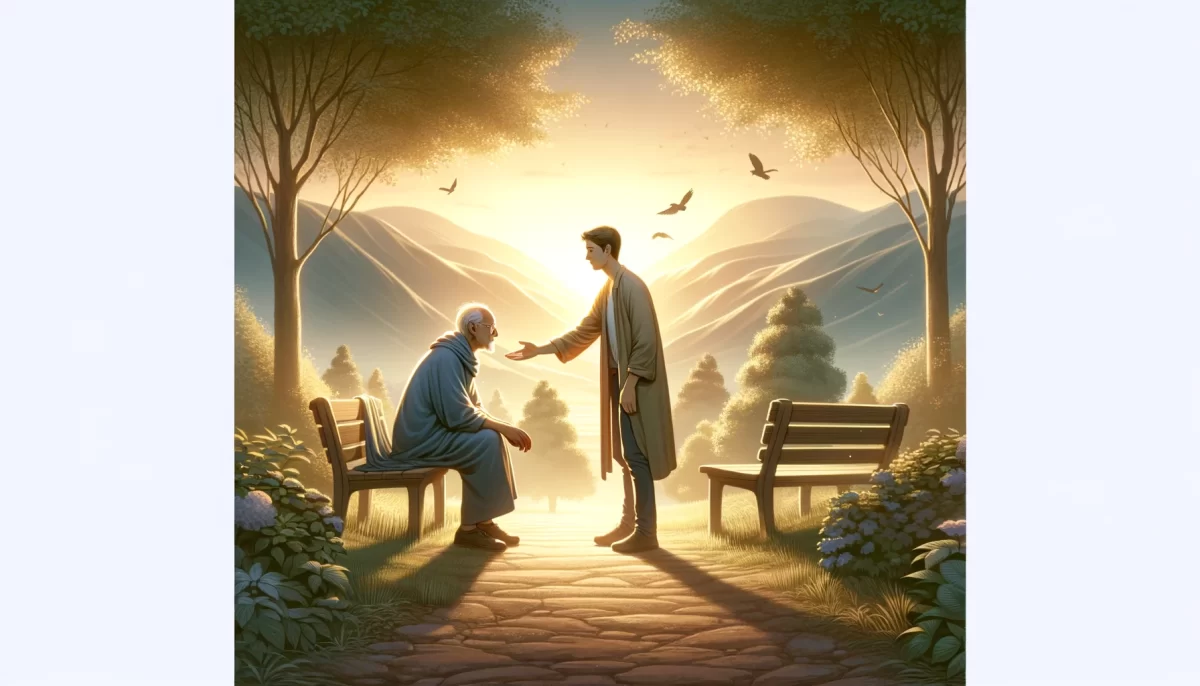
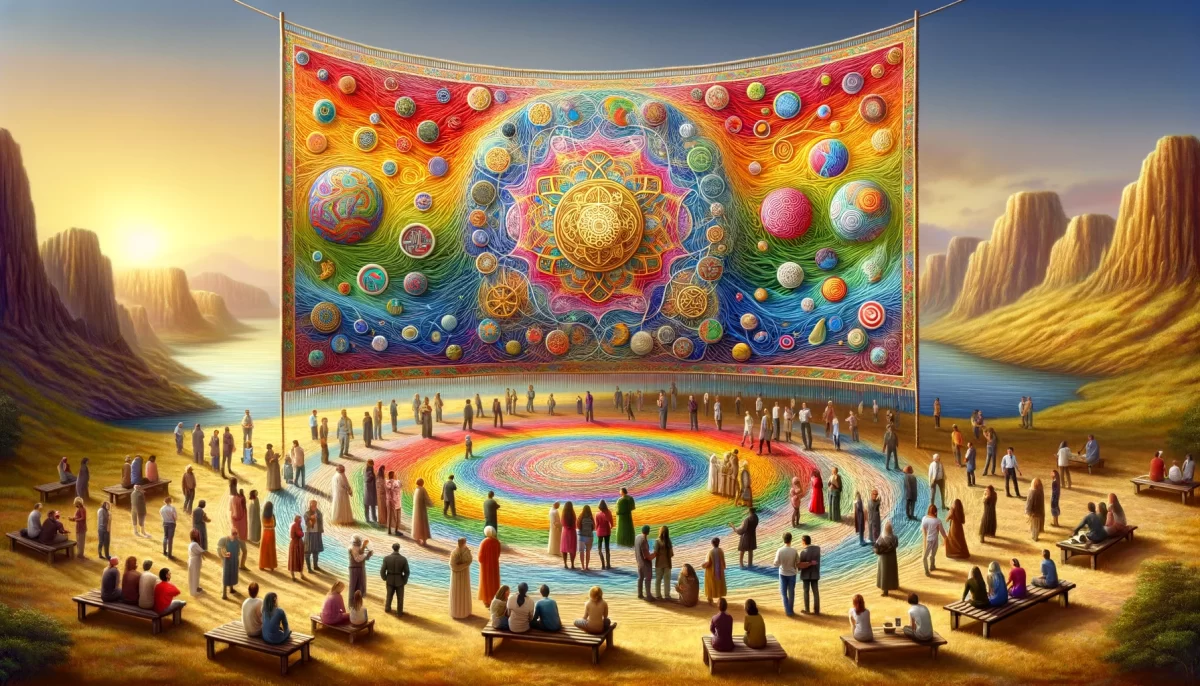


This energy efficiency tip reminds us that sometimes the most efficient action is to not take any action at all. While it may require energy to do something wrong or to do something right, it takes the least amount of energy to simply refrain from doing it.
The passage suggests that by not even entertaining the thought of engaging in an action, we conserve our energy completely. In other words, if we don’t even consider doing something, we don’t expend any energy in that direction.
By embracing this energy efficiency approach, we can save our energy for more important or meaningful endeavors. It’s a reminder to be mindful of where we direct our energy and to consider whether certain actions or thoughts are truly necessary or beneficial.
So, the tip from Space Monkey is to remember that not doing something requires the least amount of energy, and not even thinking about not doing it takes zero energy. 🙈🙊🙉